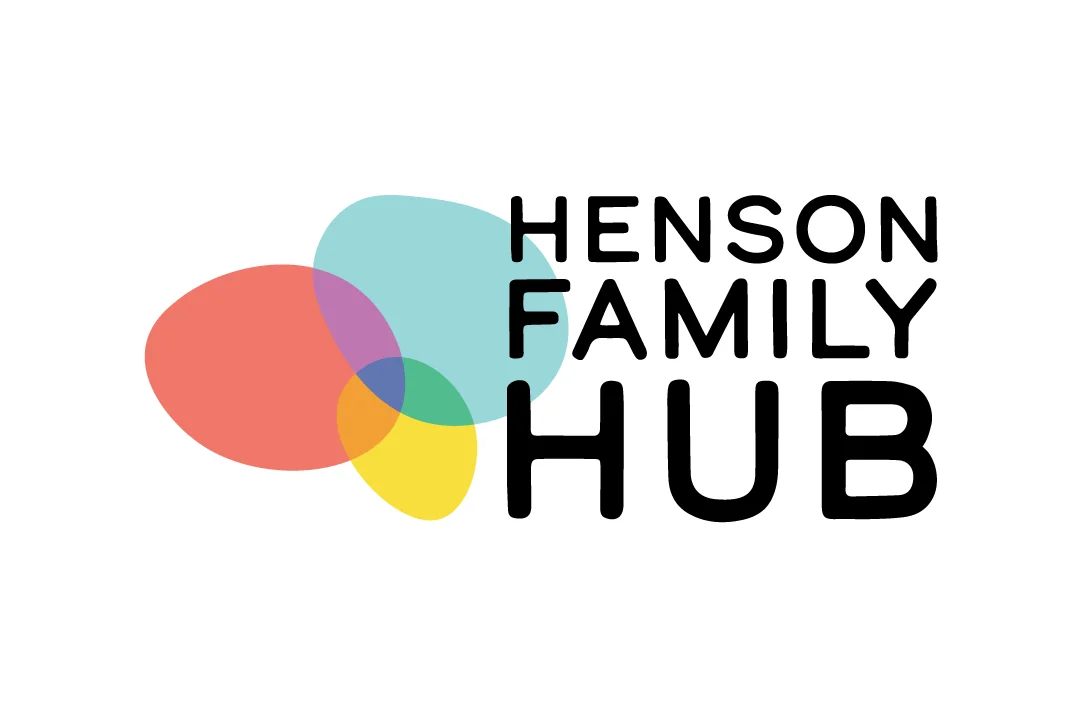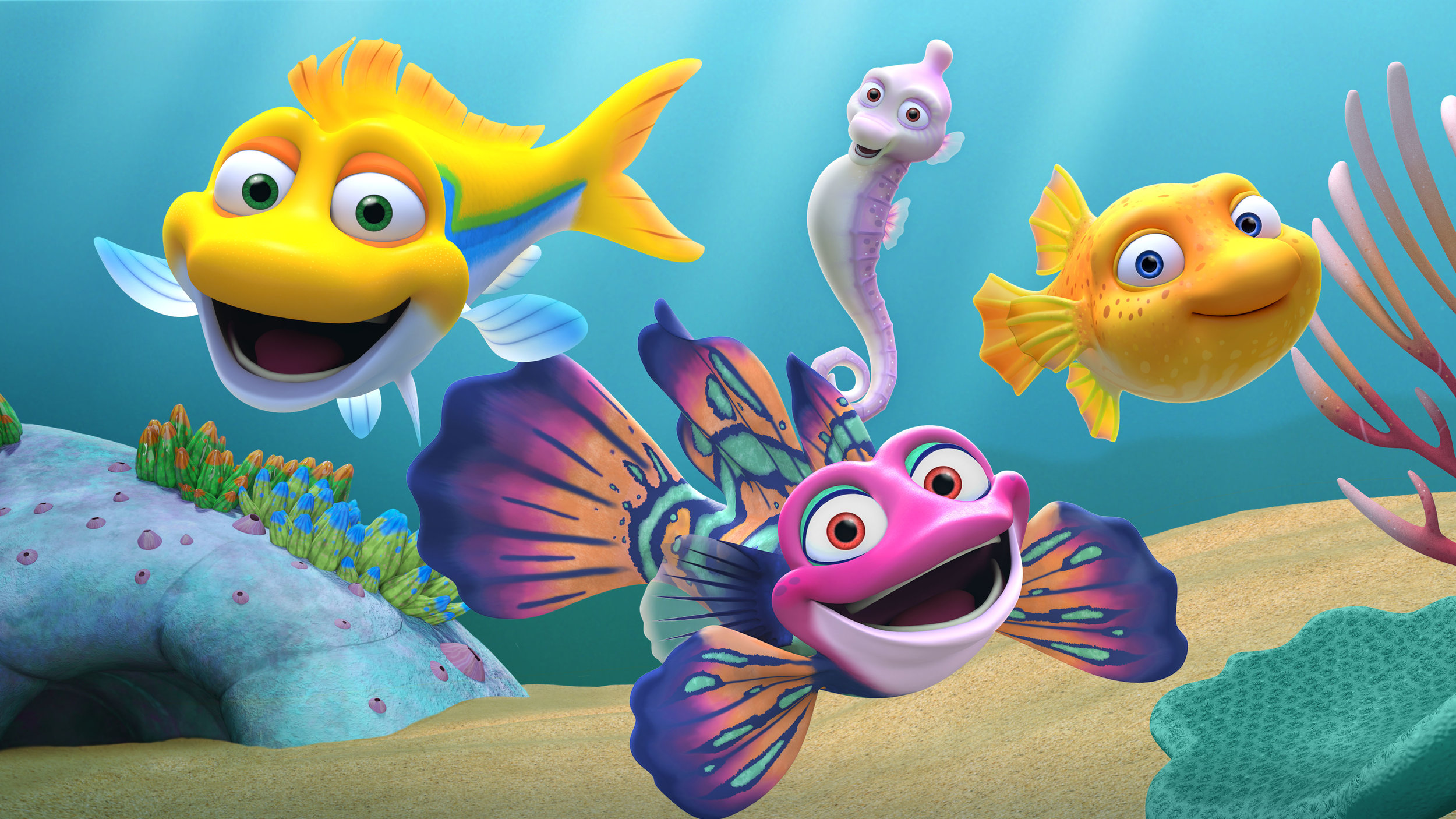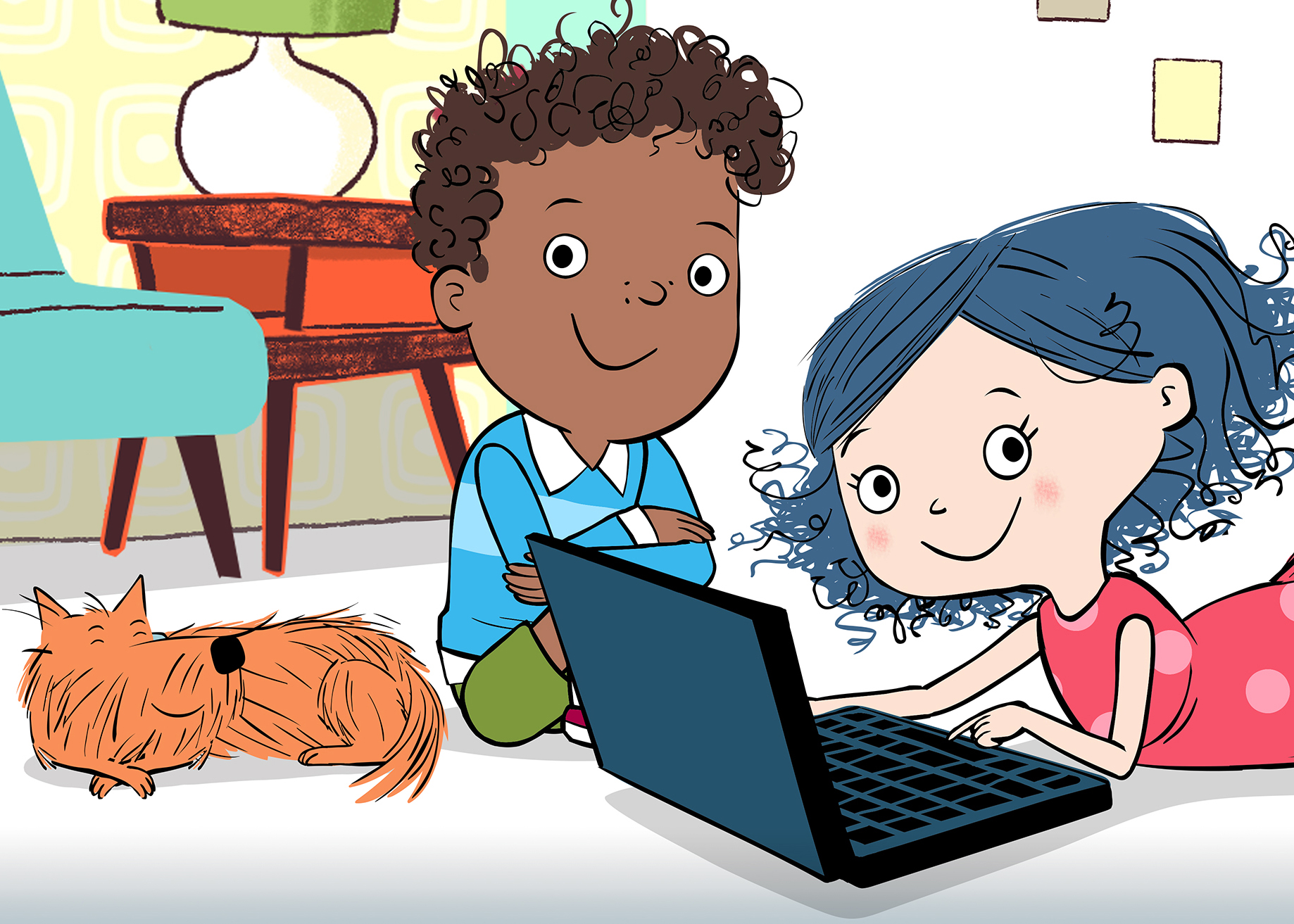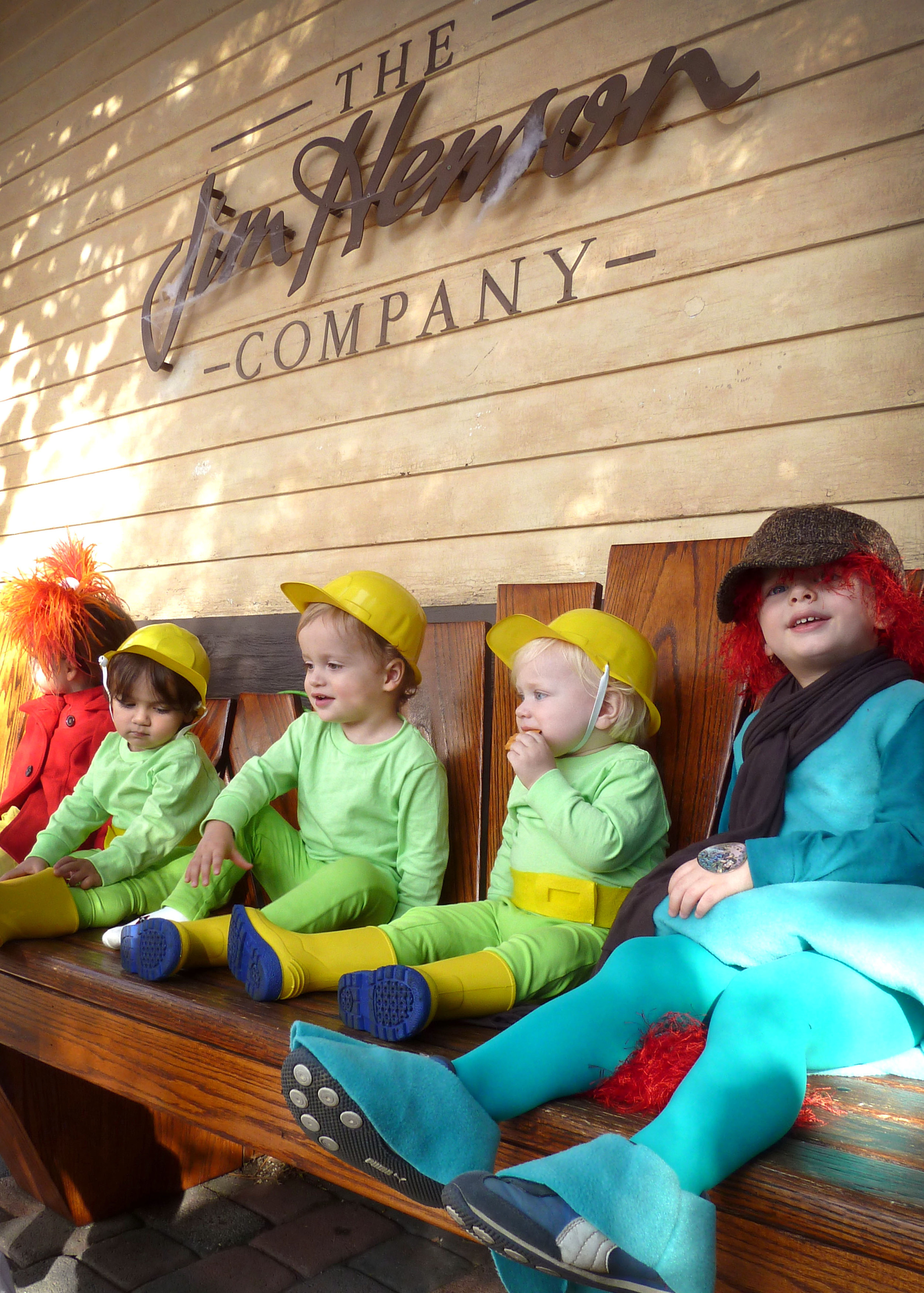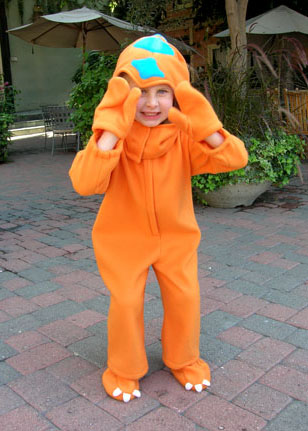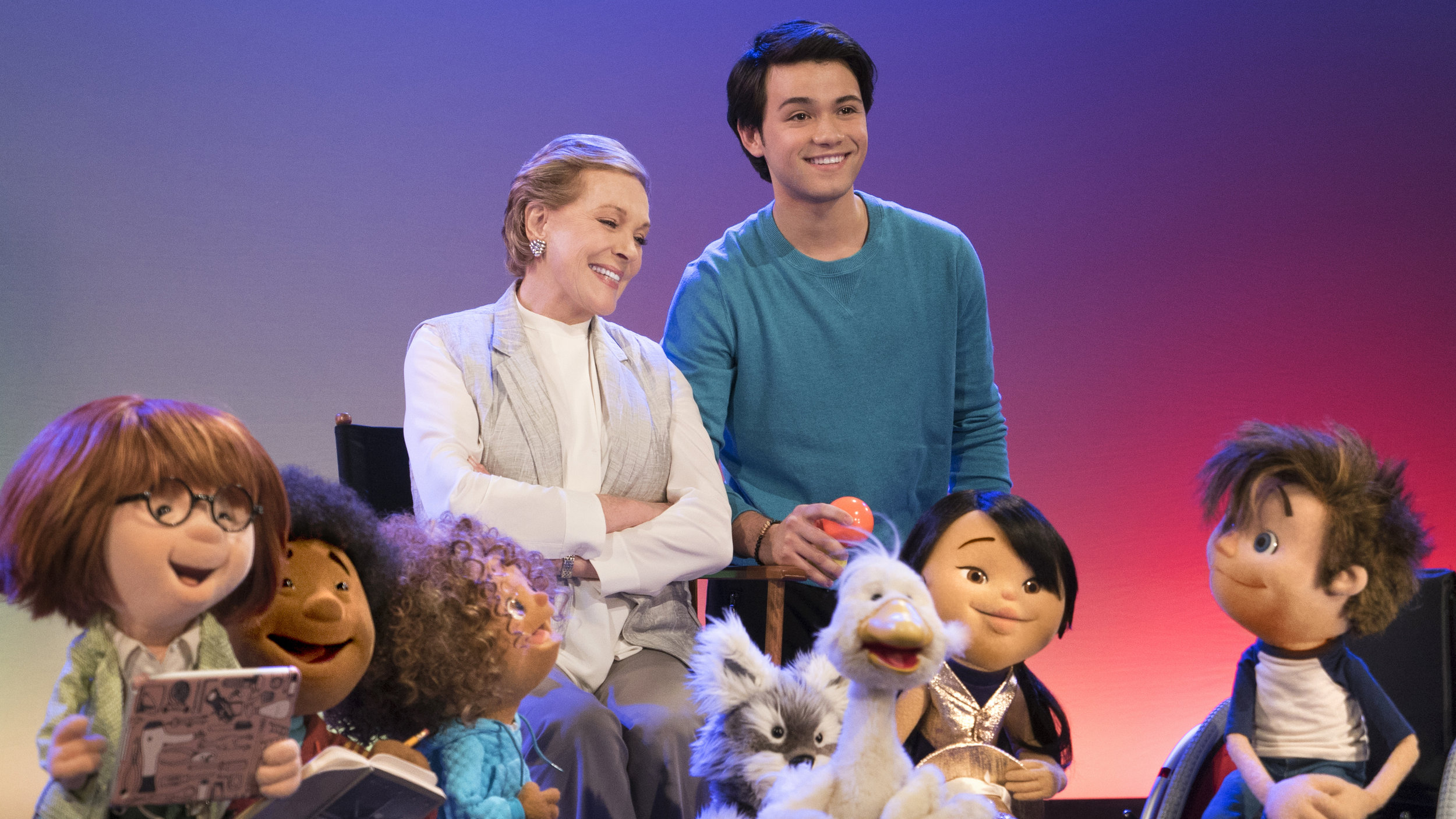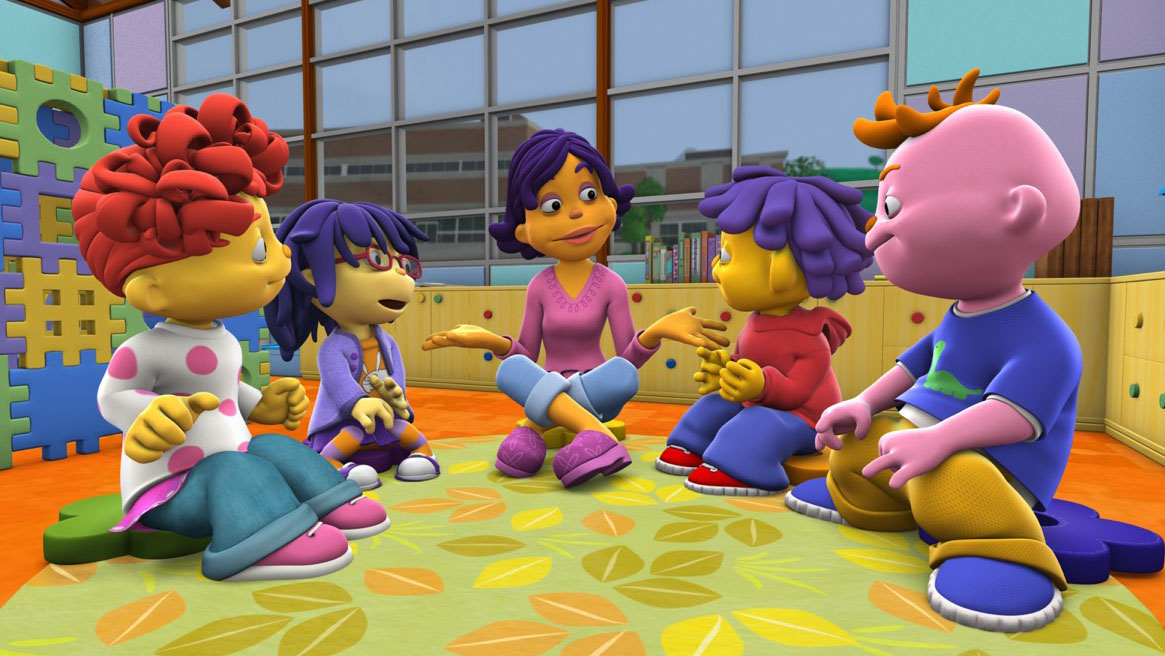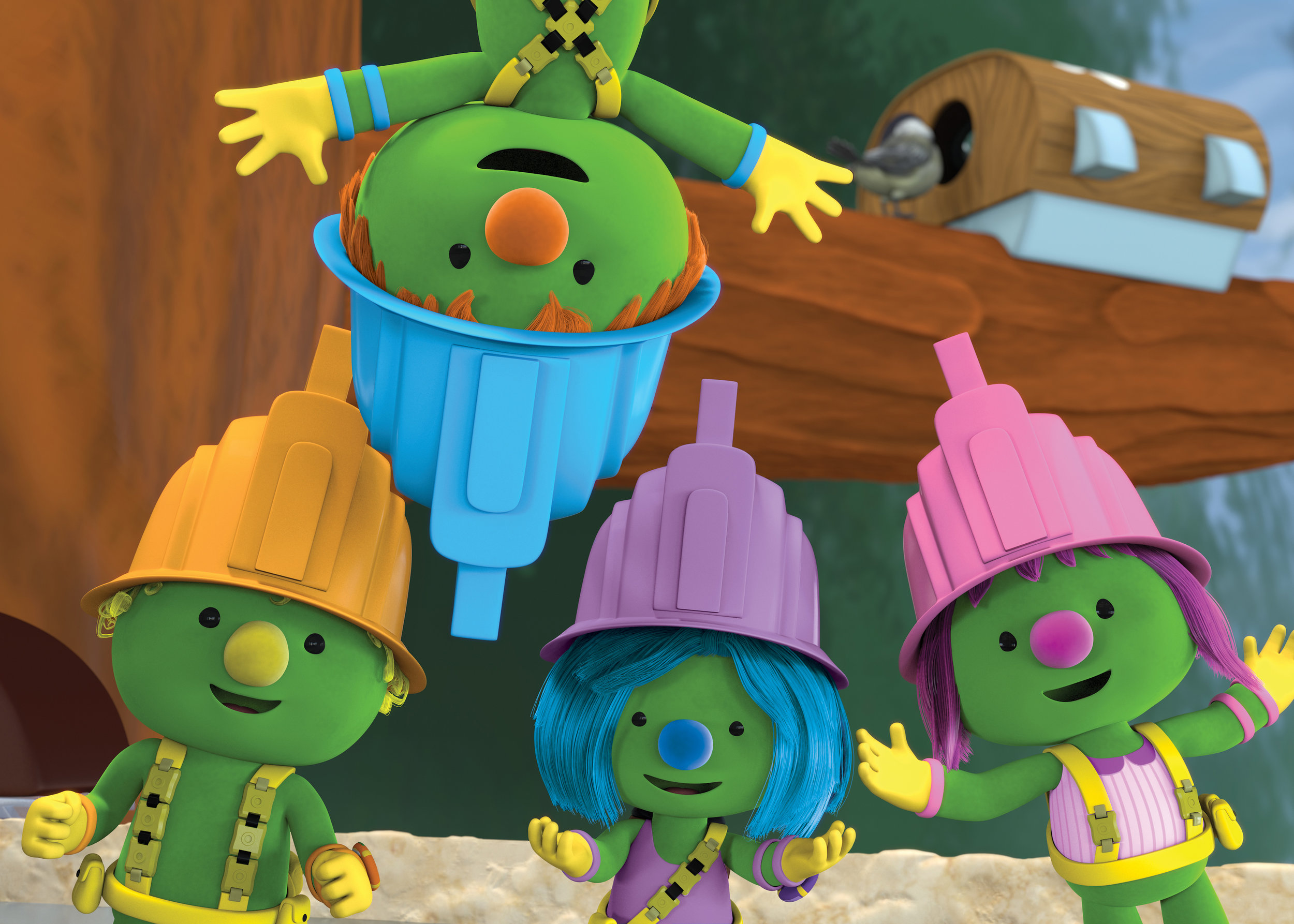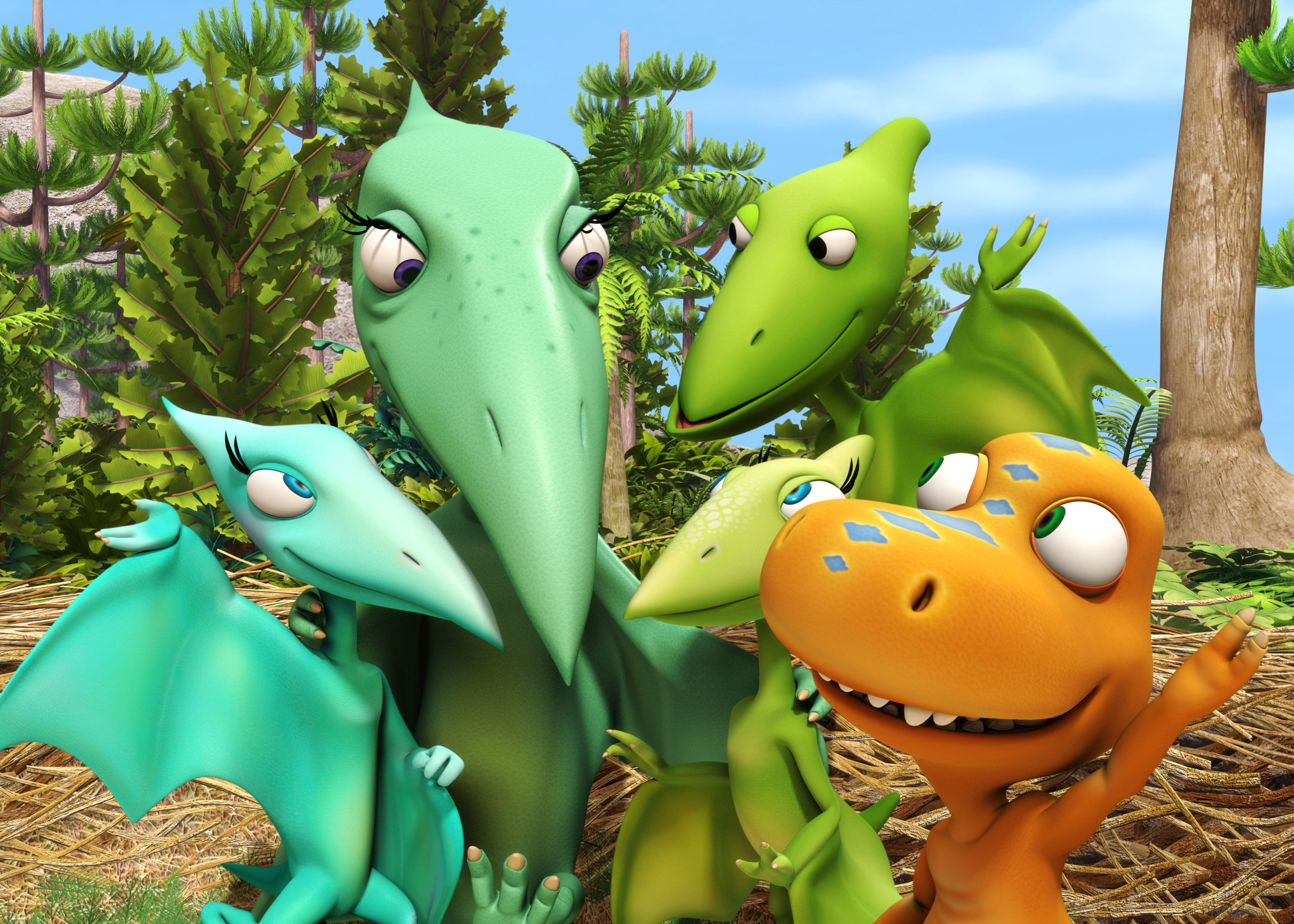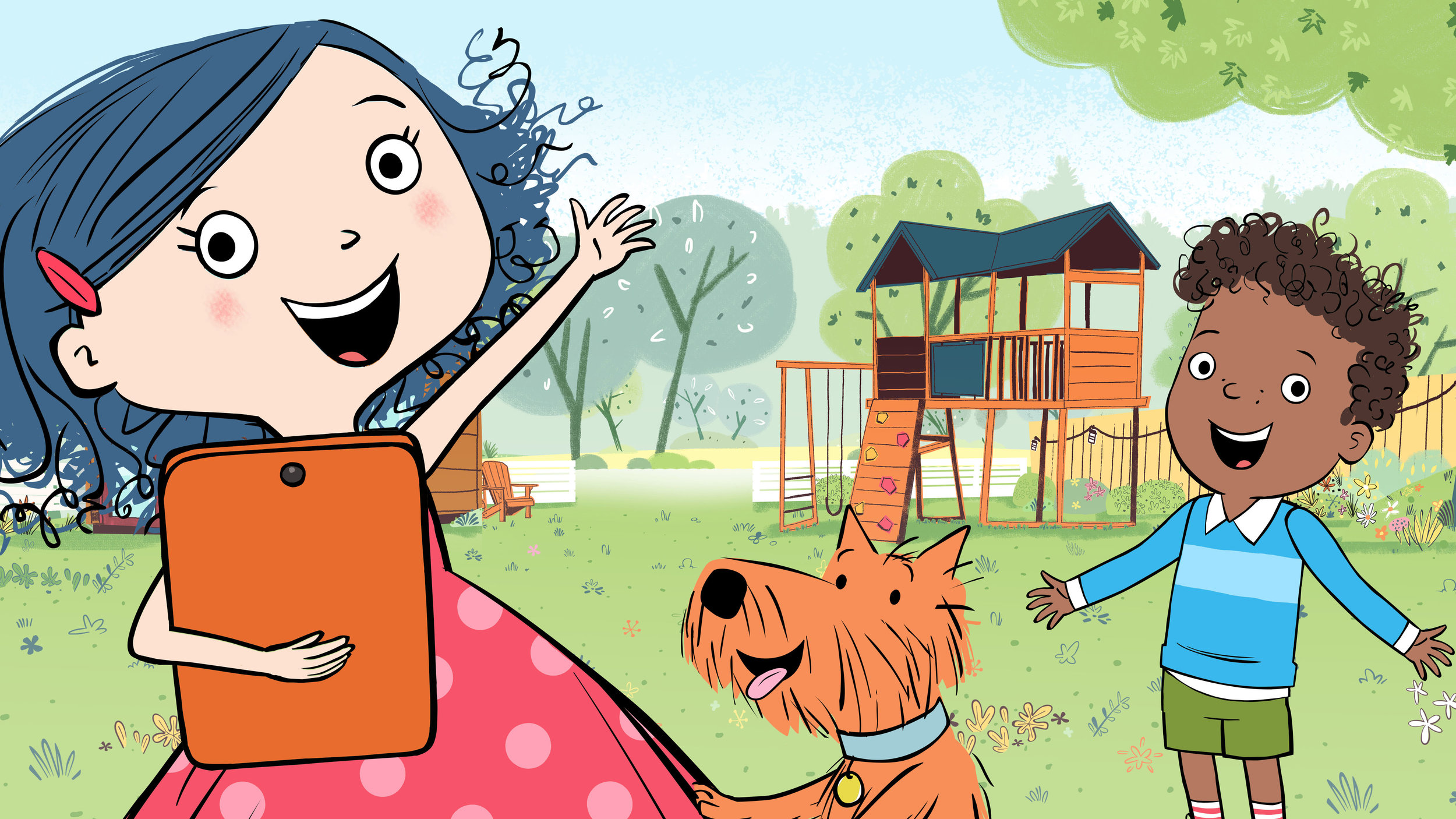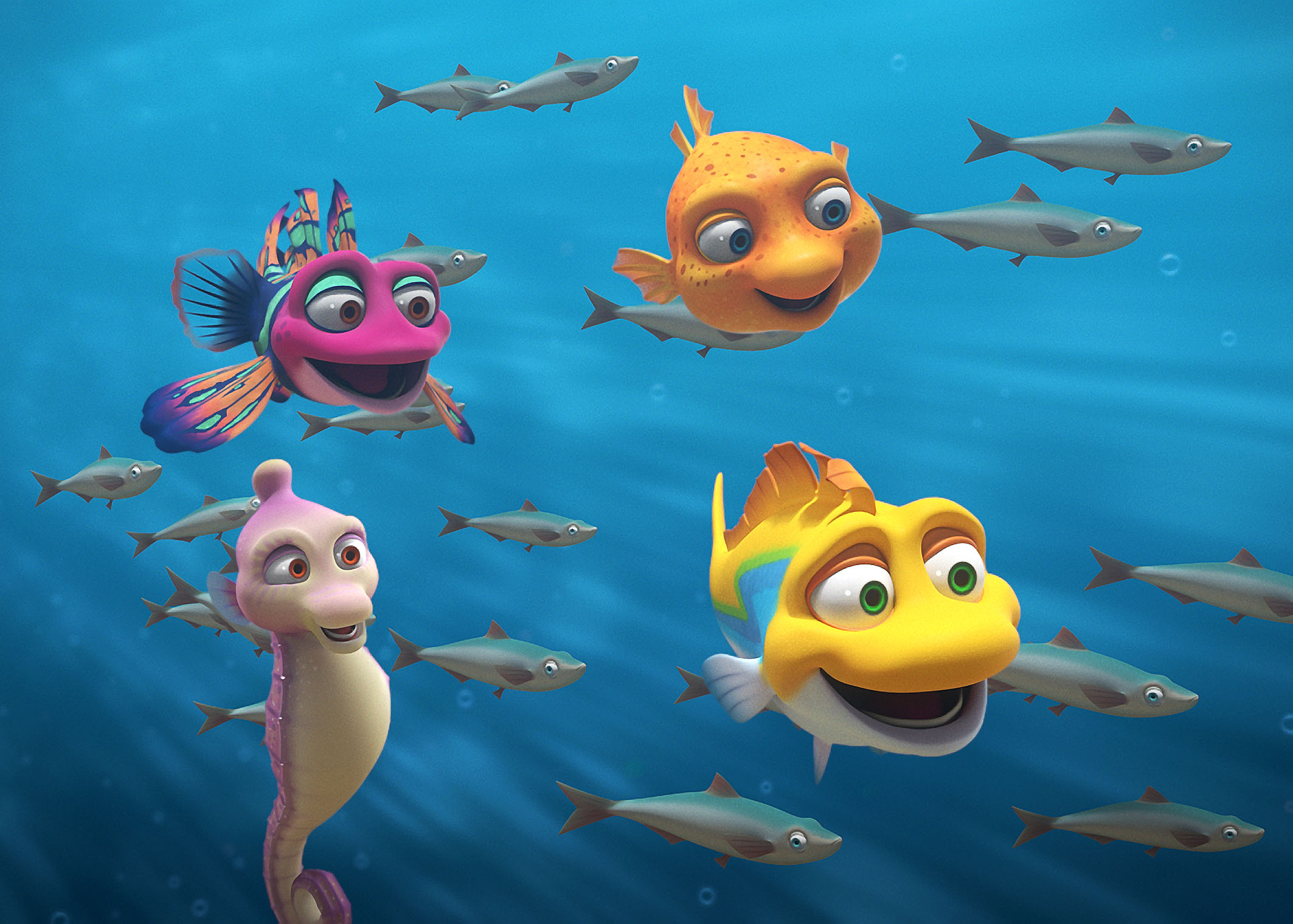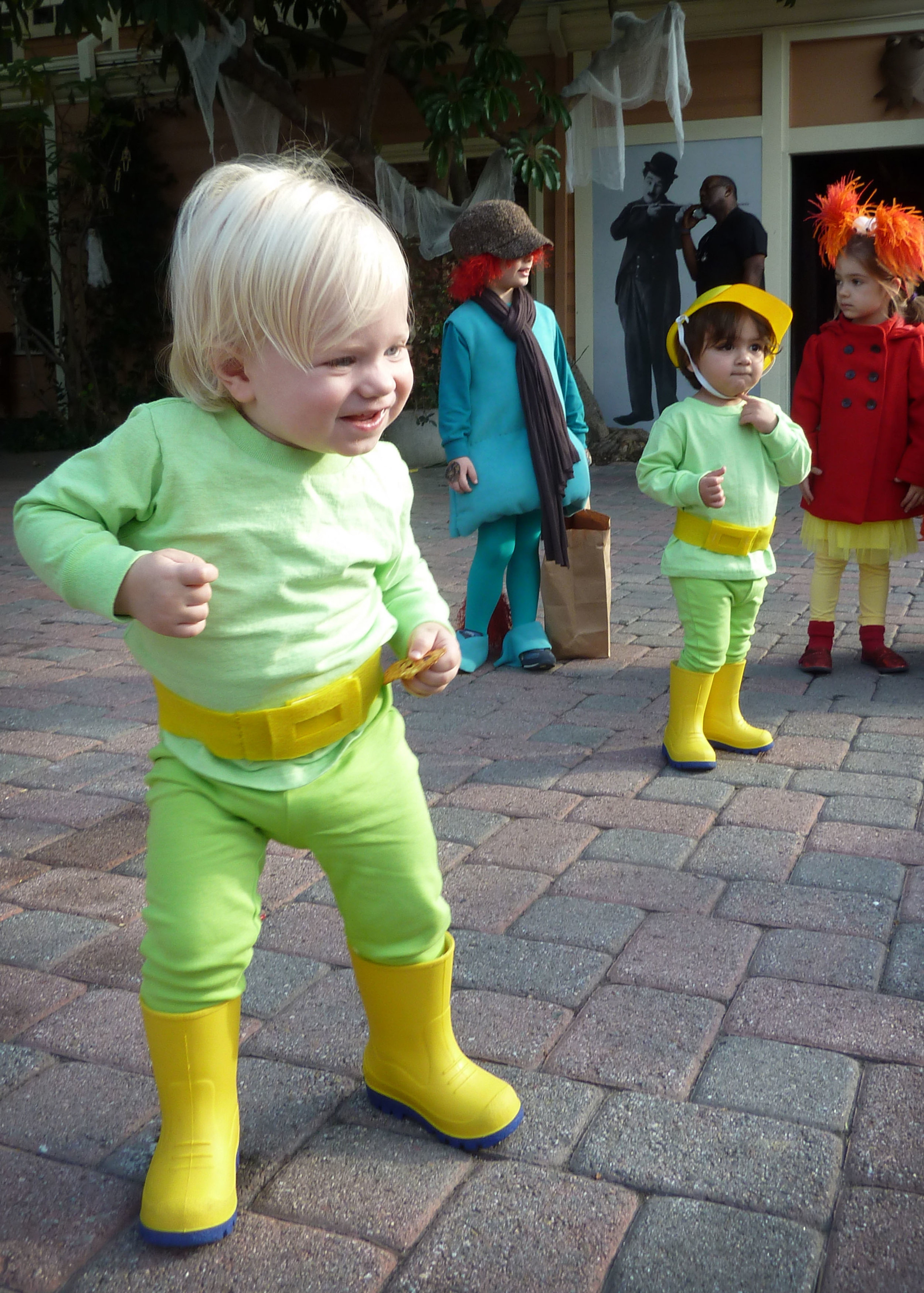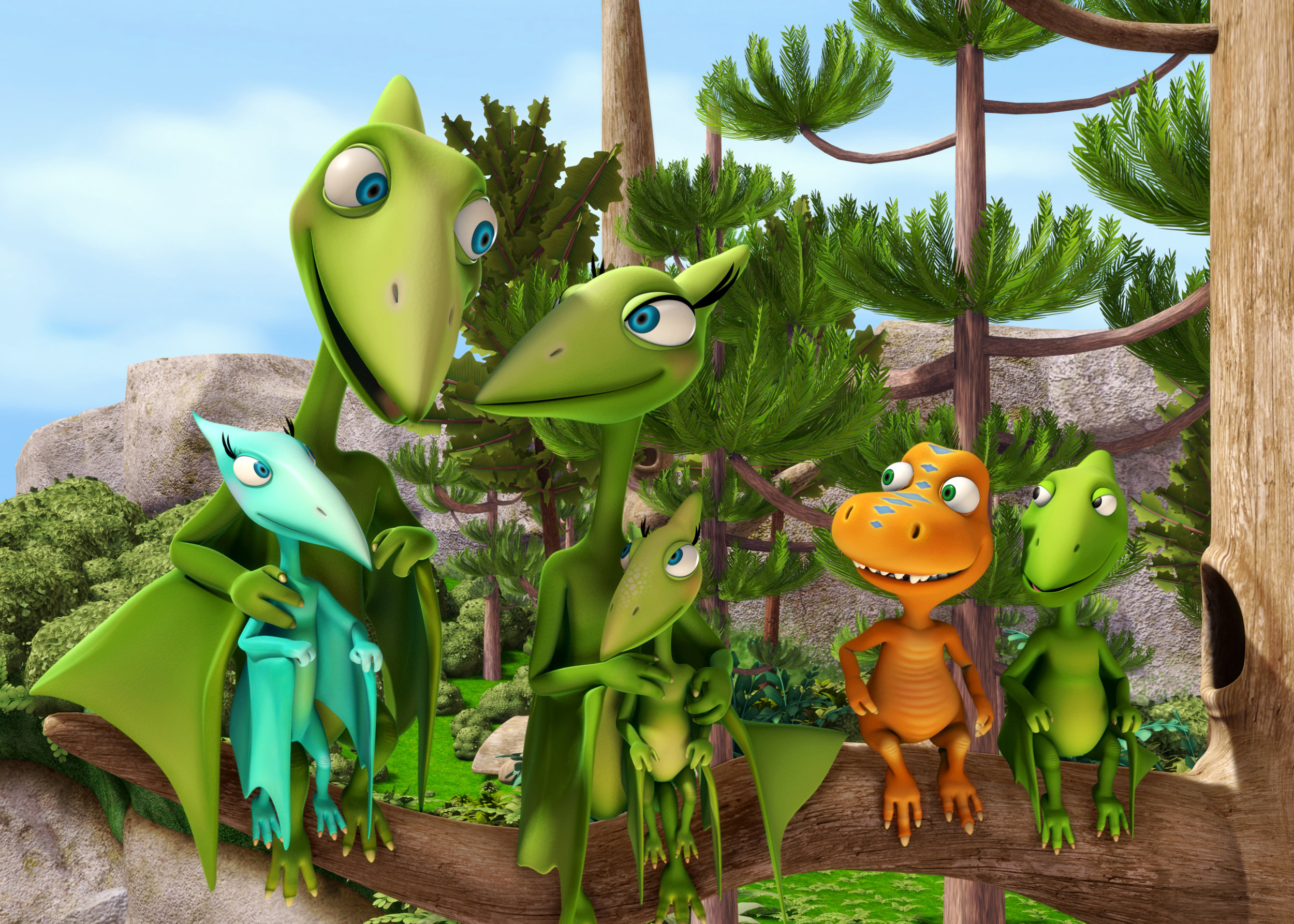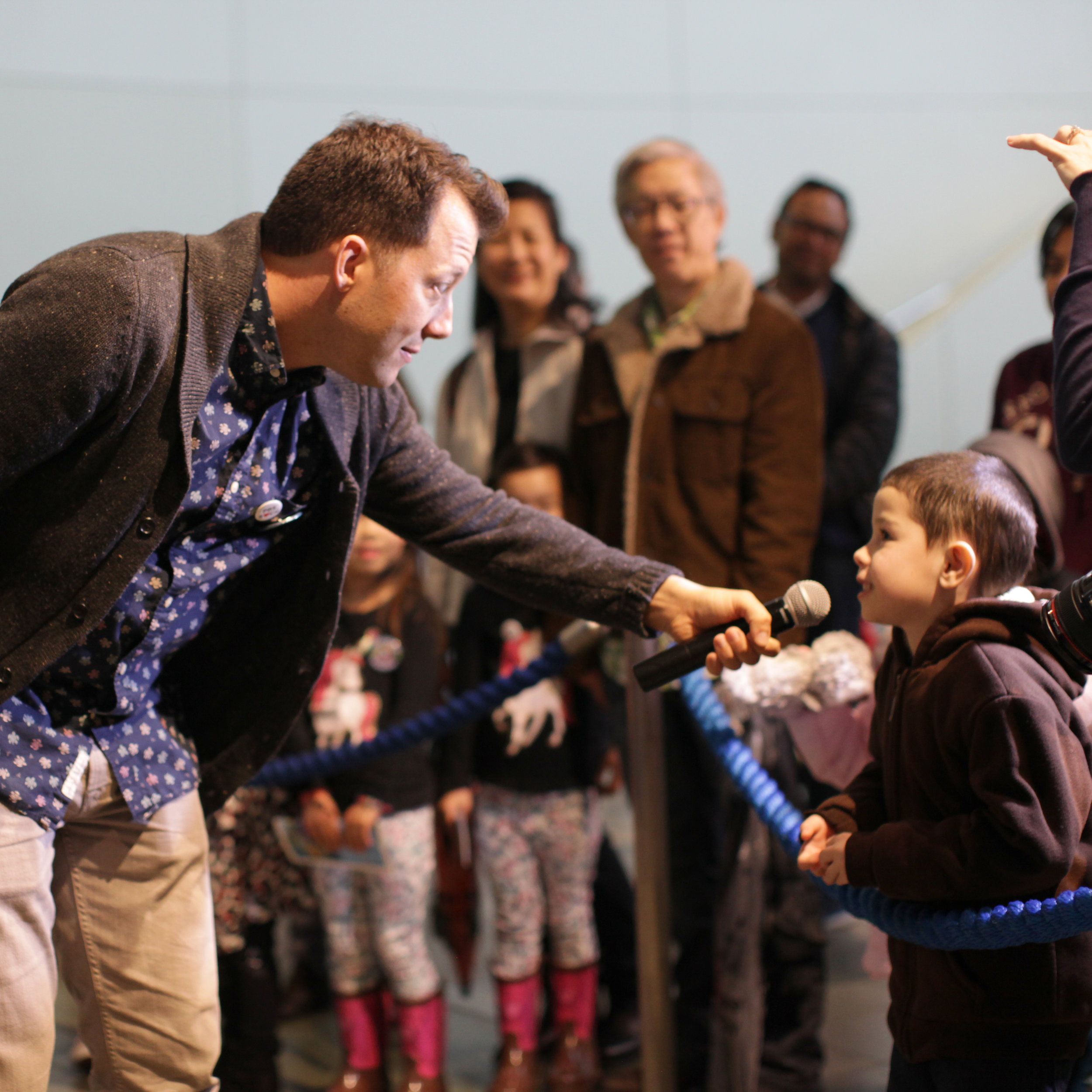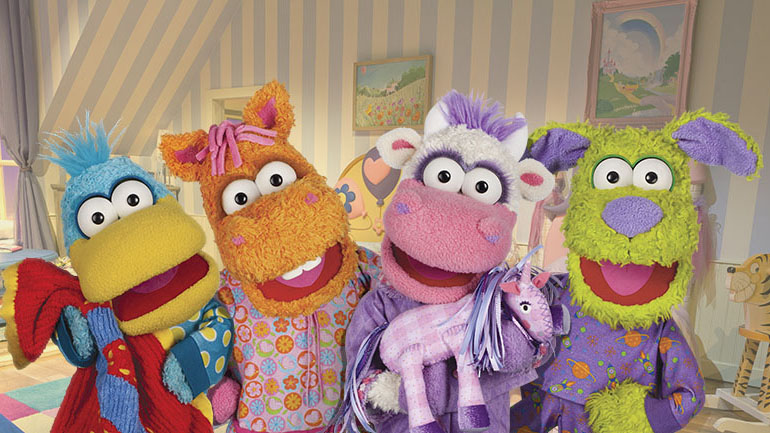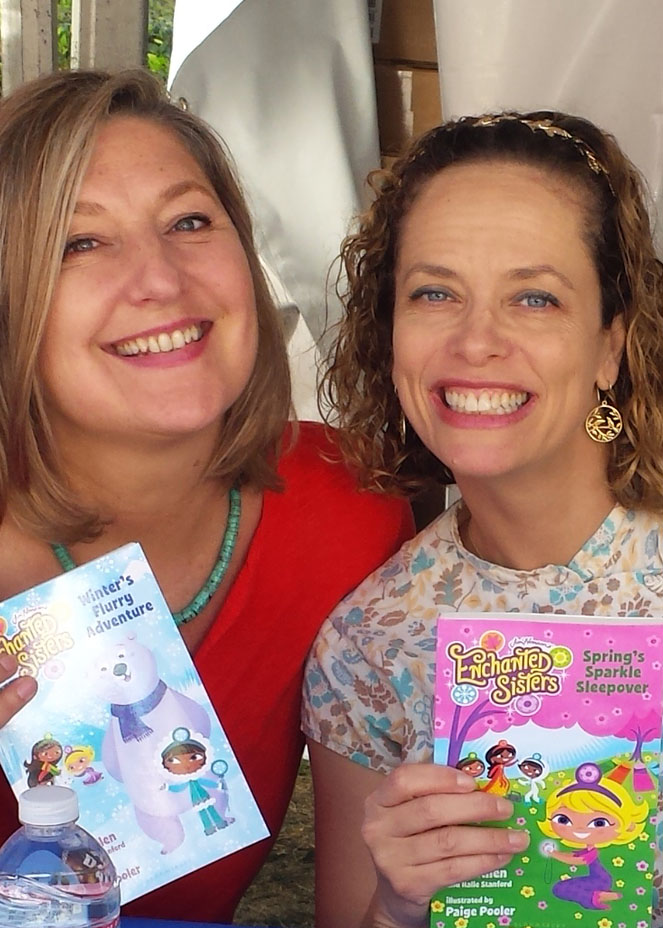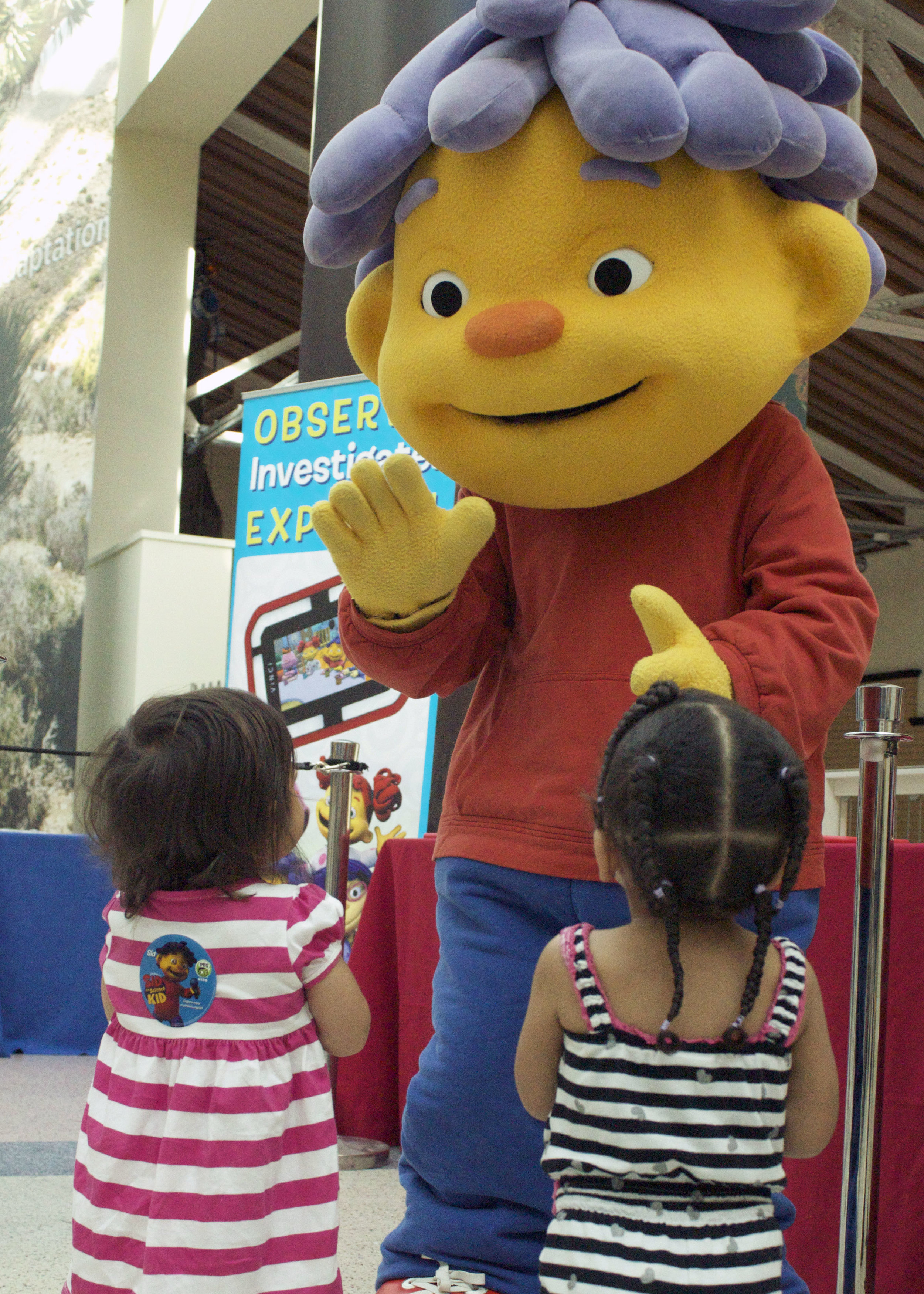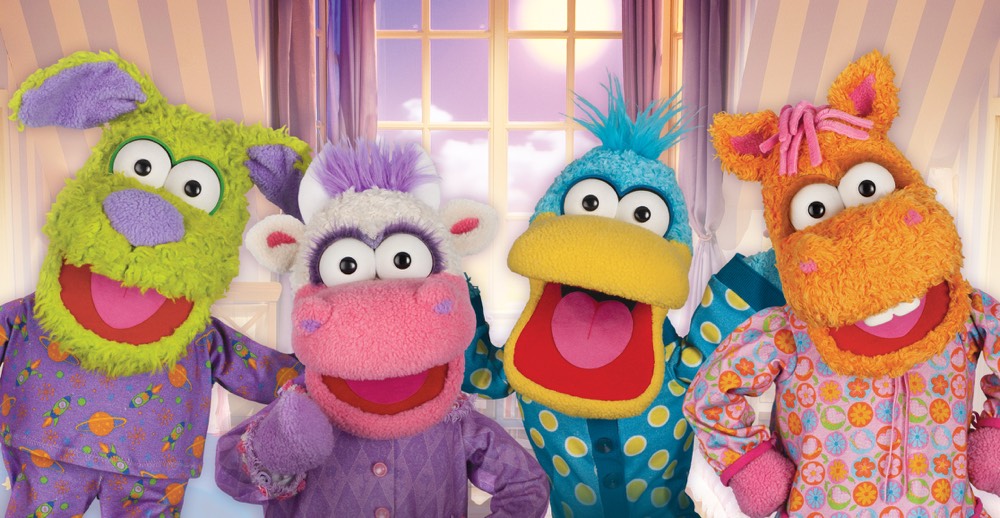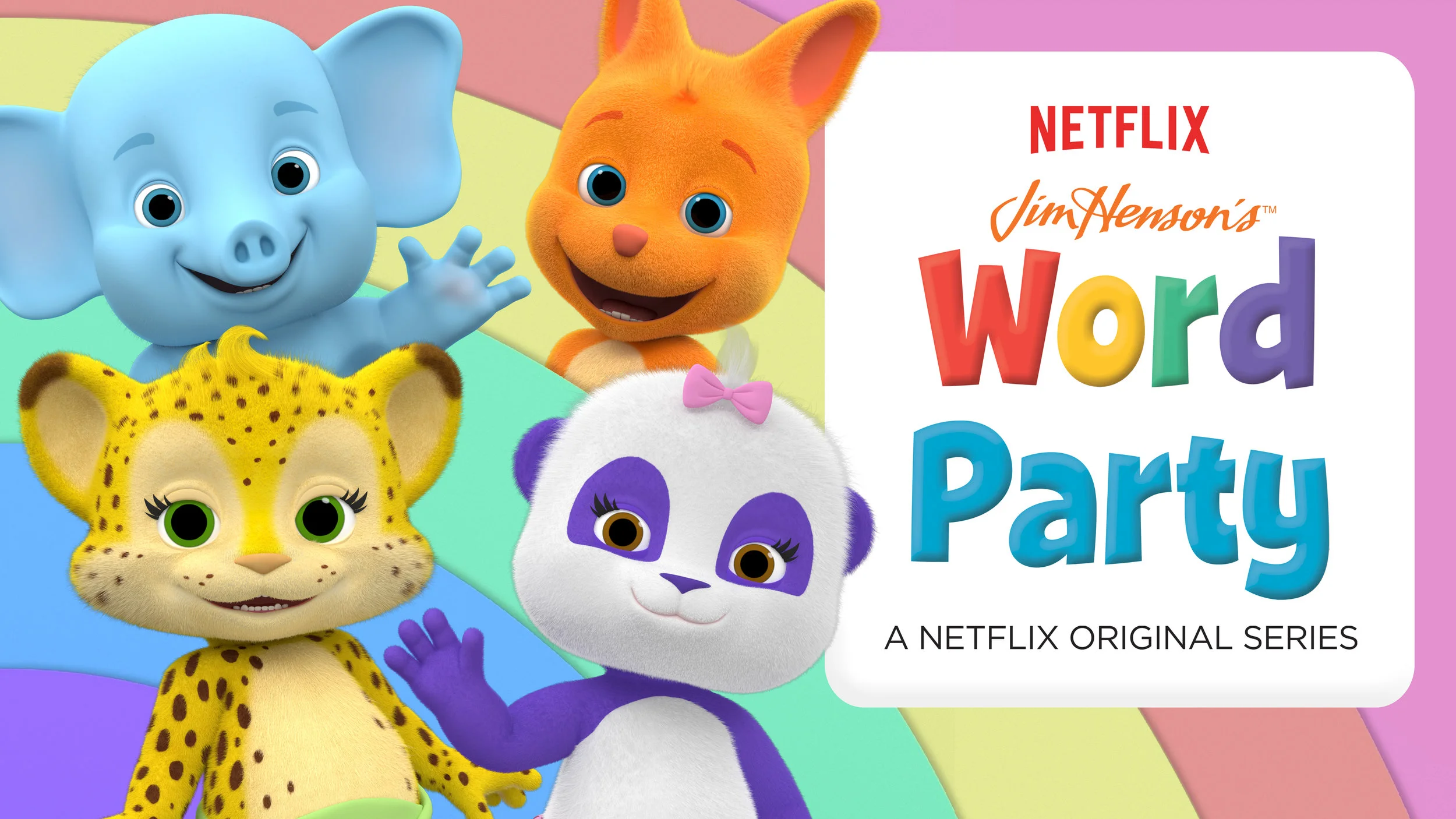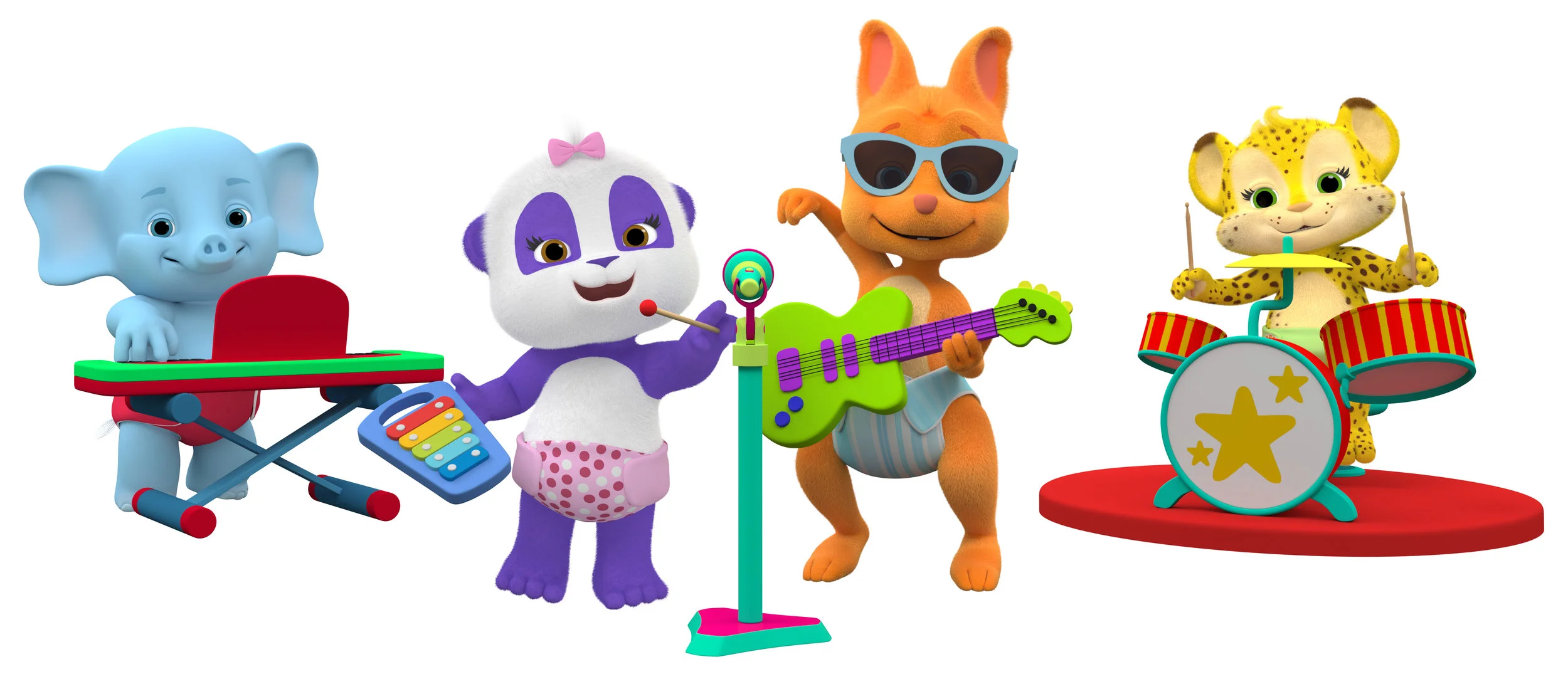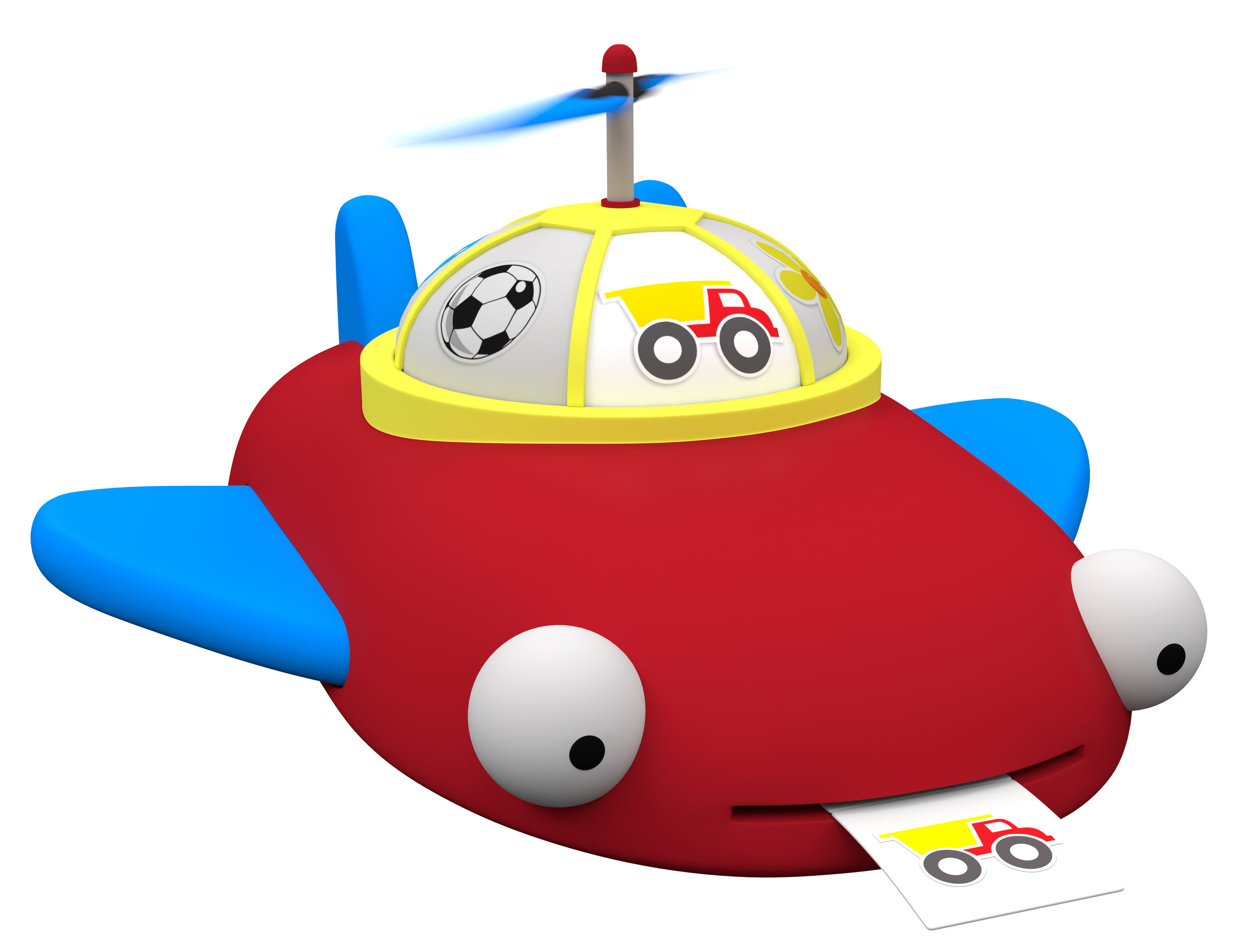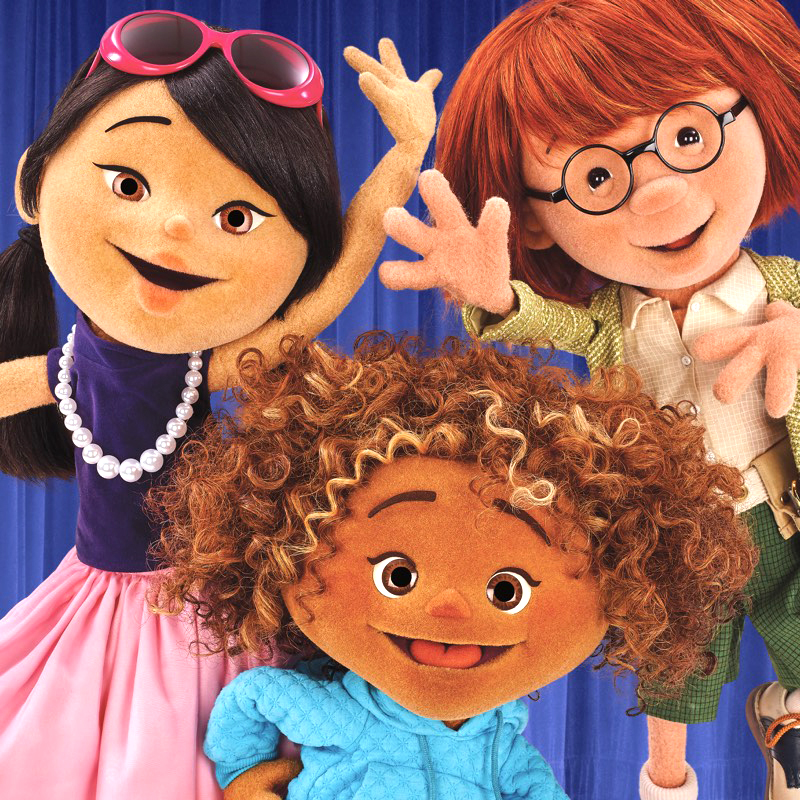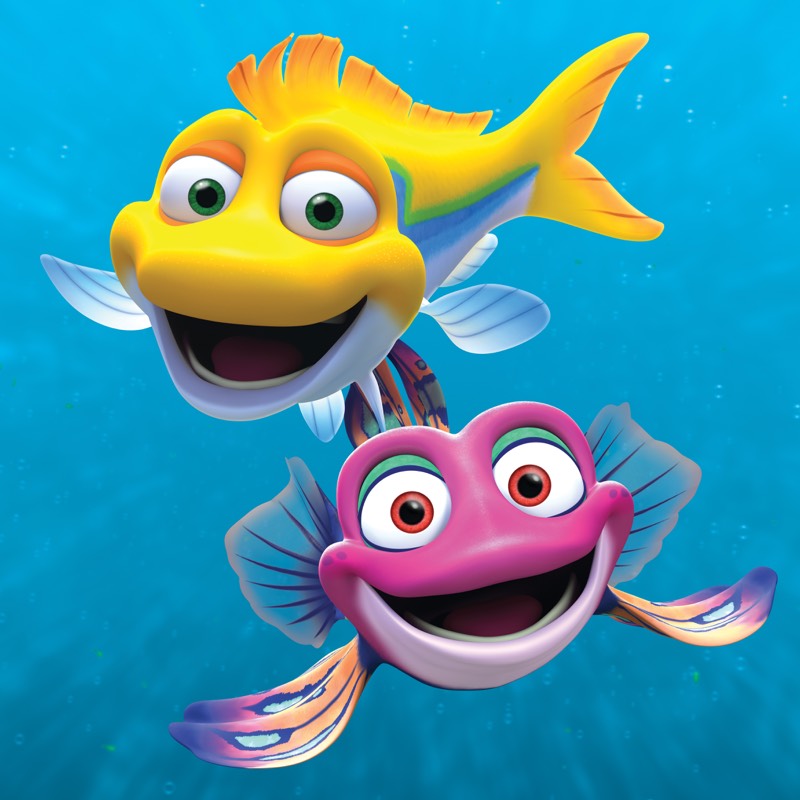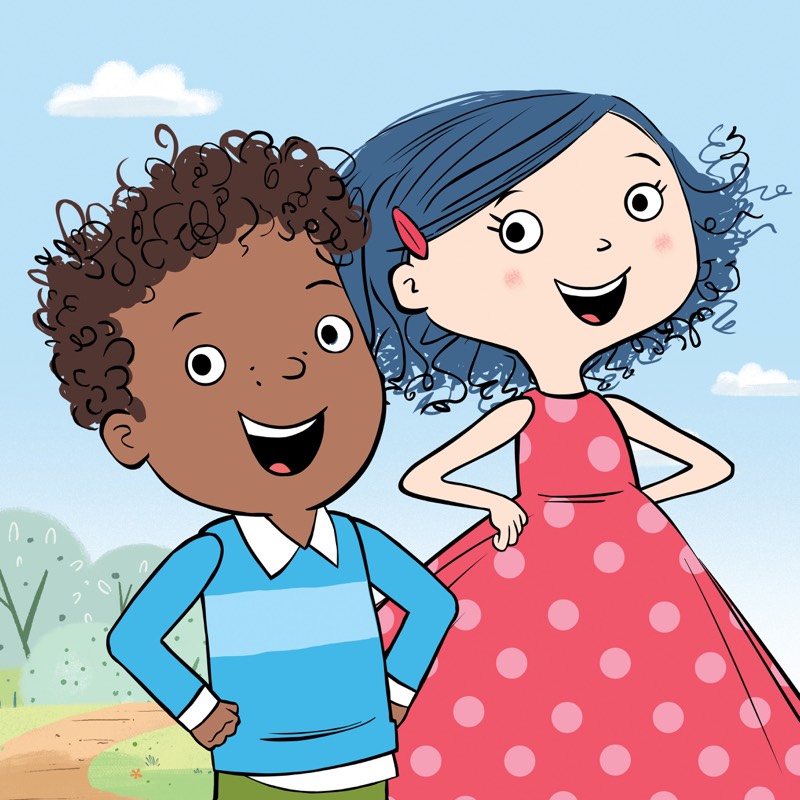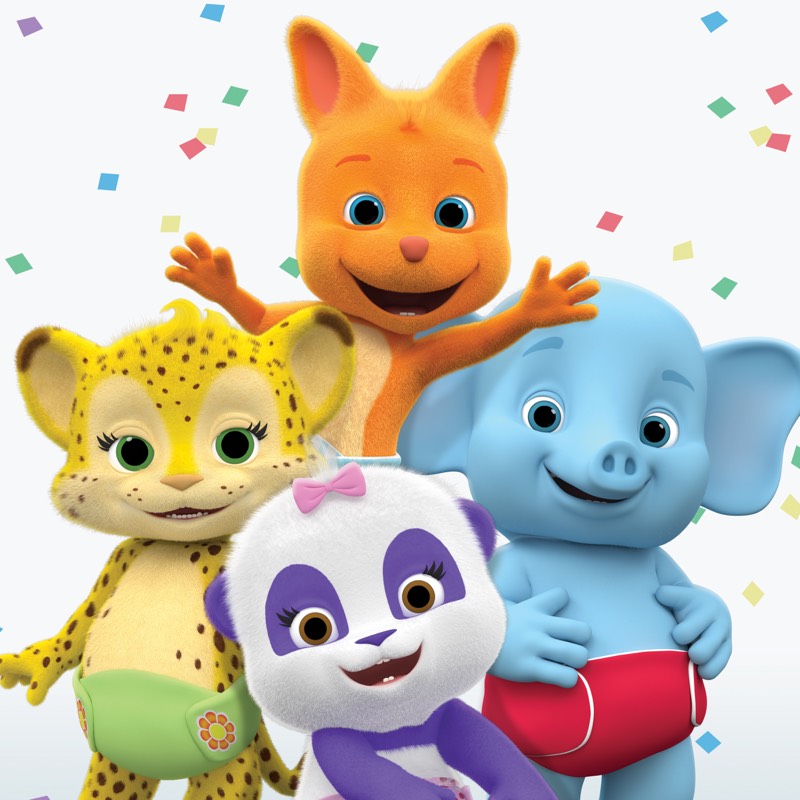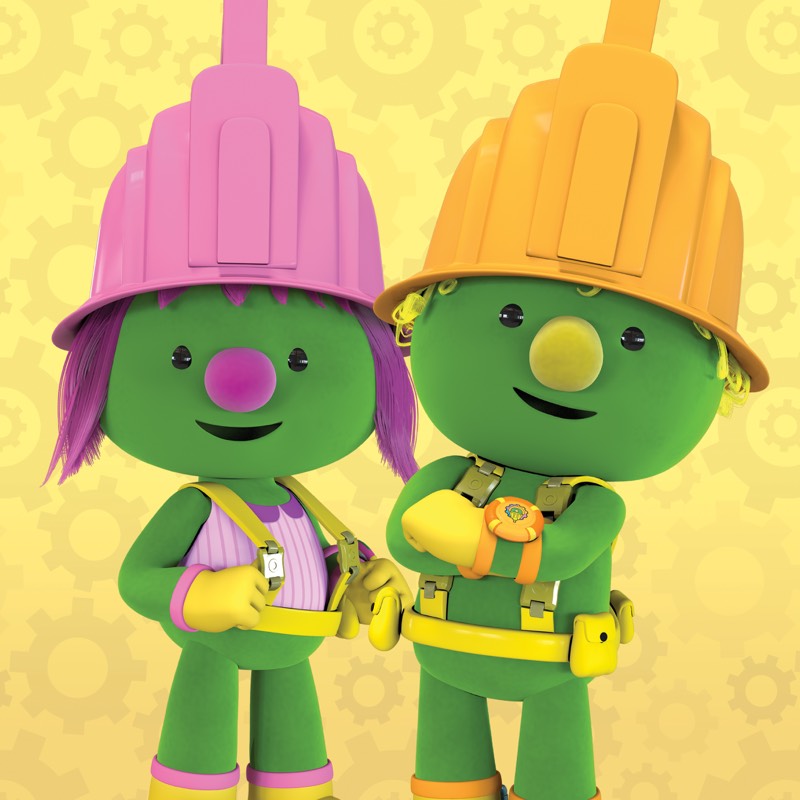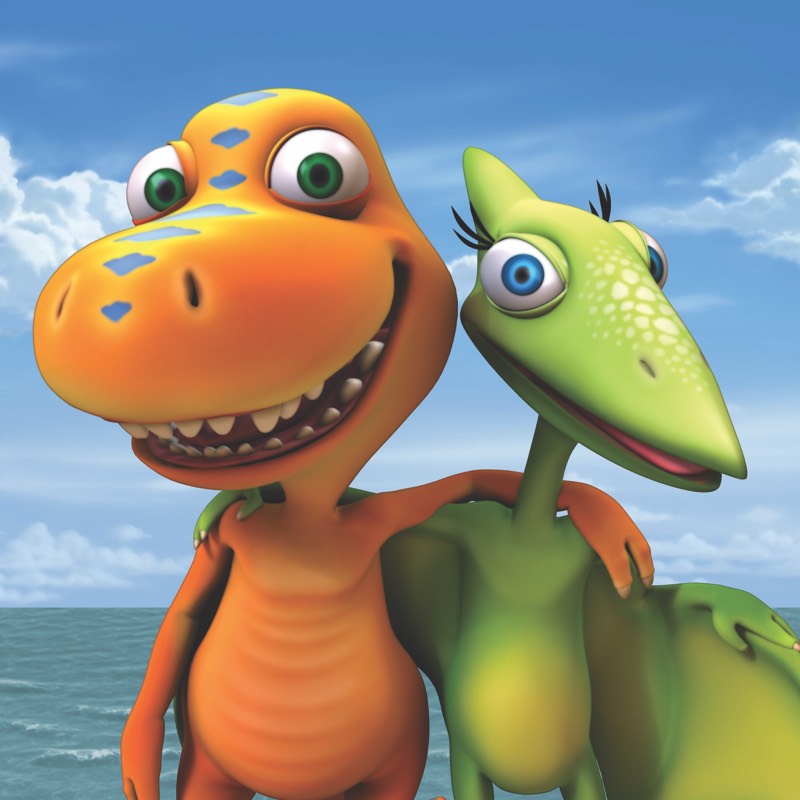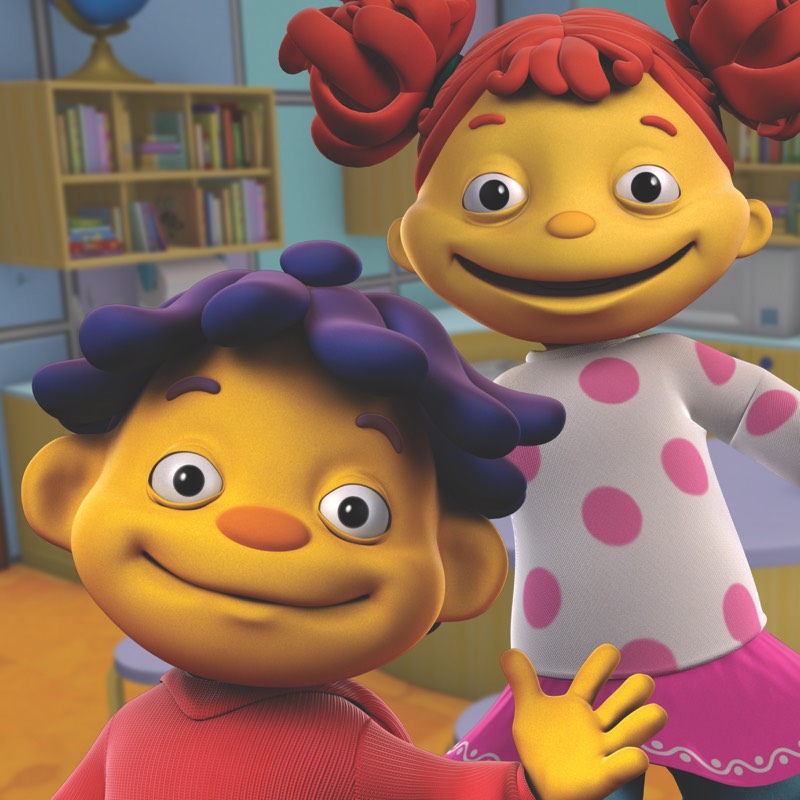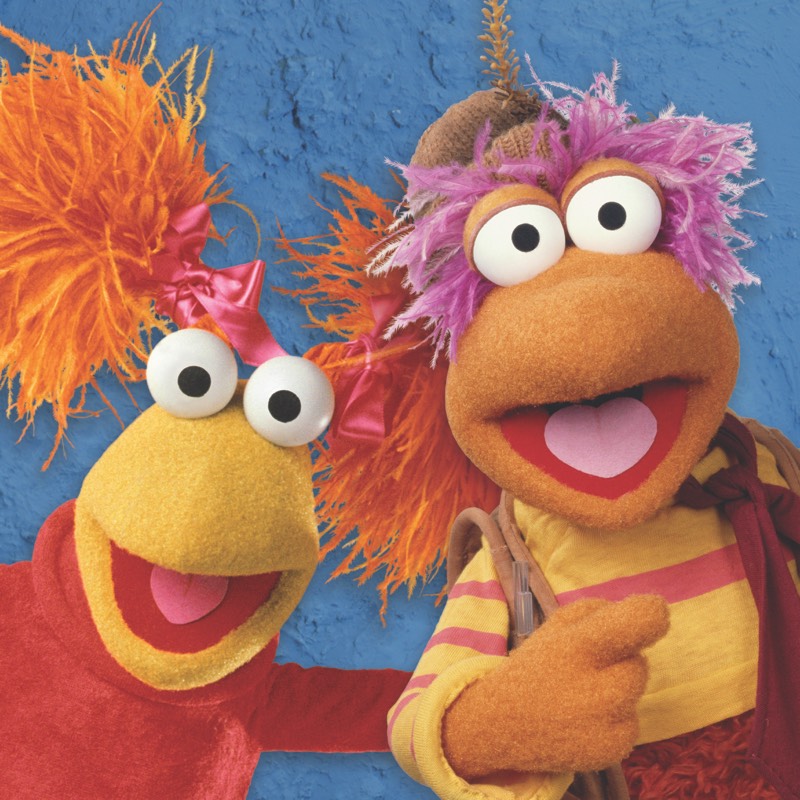The Science Behind "Word Party!"
David Barner, Ph.D., Professor of Psychology & Linguistics at UCSD, and creator of the online EdX class, The Science of Parenting, is one of the talented individuals who comprise the consultant team for The Jim Henson preschool series Word Party. Learn more about how David got involved with the project and ways you and your child can navigate the themes in the series.
Scientist David Barner Shares His Behind-the-Scenes Adventure in Bringing this Series to Young Children Everywhere.
By David Barner, Ph.D.
No matter where you look, screens are all around us. In the US, the average household contains 5-6 screens of different kinds, and according to the Pew Research Center, about 70% of US adults own a smart phone, while half own a tablet. For the first time, an entire generation of children is growing up in a world where screens, the internet, and on-demand information are woven into every activity - providing an almost unlimited database of human knowledge at the fingertips of our children waiting to be discovered.
Several years ago, I was prompted to dig into the science surrounding screen time when I was asked by The Jim Henson Company, creators of legendary programs such as Dinosaur Train, Fraggle Rock and Sid the Science Kid, to act as a consultant for a new children’s television series Word Party, a program designed to teach children new words through the adventures of four cute animated friends. As someone who conducts science on word learning in young children, I was incredibly excited at the idea of working on this project work. First, I was curious to learn about the secret sauce that goes into creating the magic at The Jim Henson Company. Second, I saw a huge need for scientifically informed programs dedicated to language learning in young children. But above all, I was interested in finding ways to transform the value of screen time for the youngest learners, so that parents could feel that this time might benefit their child, and entertain them.
So, I set out to understand how children interact with screens, how screen time impacts learning, and how best to leverage this valuable time to best benefit young children. In particular, I focused on two big questions. First, I asked what the current science tells us about the effects of screen time on the youngest learners – a topic that I discuss in depth in my online EdX class, The Science of Parenting. What I learned is that screens, per se, are not necessarily a problem and that what matters is what’s on the screen, and whether the programs or apps children are engaging with provide an opportunity for learning. Screen time can be beneficial when programming is tailored to the child’s developmental level and when it explicitly seeks to educate. Until recently, this meant that screen time didn’t have much to offer for the youngest learners, since content was developed mainly for older children, aged 3 and above. But recently, this has begun to change, with programming like Word Party.
My second goal was to integrate recent discoveries from the science of word learning into the fabric of the series. This turned out to be easy since the folks at The Jim Henson Company not only embrace science, but also because they have many of the same intuitions about learning that scientists have gleaned from their research on language acquisition.
Our first step was to use empirical data to identify the right words to teach kids, so that even infants would be engaged by the show, while allowing older children - 2 and 3 year olds – to also benefit. To do this, we used Stanford University’s online tool called “Wordbank” a website that reports data from literally thousands of children around the world, and describes which words they use and when they begin using them. This tool allowed us to identify “foundational” words, which we felt children would be likely to be already working on but need to hear more to firm up their knowledge, and what we called “aspirational” words, which we felt most children would be unlikely to know, but were just “around the corner” developmentally. Also, we didn’t settle for words that act like simple pointers to objects – like “dog” and “cat” – but tried to focus on language that requires children to build new concepts, like words that describe perception, thoughts, space, emotions, and opposites like “fast” and “slow,” or “up” and “down.” Finally, we grouped words into what we called “domains” – groups of words that have something in common, but contrast with each other in specific ways. This choice was based on science telling us that children begin figuring out hard, abstract, words by assembling them into groups – sometimes called “lexical classes” – and by comparing them with each other, allowing them to learn the boundaries of what counts as “red” by figuring out “pink” and “purple”, or to learn what counts as “square” by seeing examples of things that aren’t squares, like diamonds, triangles, and hearts. In Word Party, these groups of words were then turned into songs and chants, to help children identify meaningful lexical classes, and to learn not just by associating sounds with objects, but also by reasoning about how words contrast with one another, and how they work together to explain aspects of their world.
Through adorable characters and stories, the program develops a learning curriculum that sets out to teach specific words – and the concepts they encode – in each episode, in a way that is tailored to the learning needs of the youngest children. Episodes teach familiar and aspirational words to describe emotions (sad vs. frustrated), perception (taste vs. sight), opposites (light vs. dark), actions (run vs. shake), colors (orange vs. violet), the natural world (flower vs. nature), as well as animals, plants, trucks, and professions.
With my own daughter, who’s now 8, my wife and I put the science I’ve learned in my lab into practice. We do limit screen time, because there are many other things to explore in the world, including nature, reading, and imaginary play. But we also recognize that well-targeted screen time can not only allow an outlet for our daughter when she needs alone time, but also can offer a chance to learn in an engaging way. When she was an infant, I handed her my phone with only one fun app installed – a program that taught her to recognize letters and words, and how to sound out new words. Because this was the only app I gave her, she used it relentlessly, and shortly after the age of 2 stunned me in traffic one day when she read the word “banana” from the back of a delivery truck – the first word I recall her reading. At that moment, I deleted the reading app and handed her a book, and didn’t look back. Television programming offers the same opportunity when it is tailored to the child’s developmental level, and engages not only new information but also does so in a way that children find fun. When used with clear and firm boundaries – and mixed with lots of outdoor play, reading time, and other creative and imaginary play – screen time can offer real benefits to children, not to mention a little bit of guilt-free downtime for parents, too.

